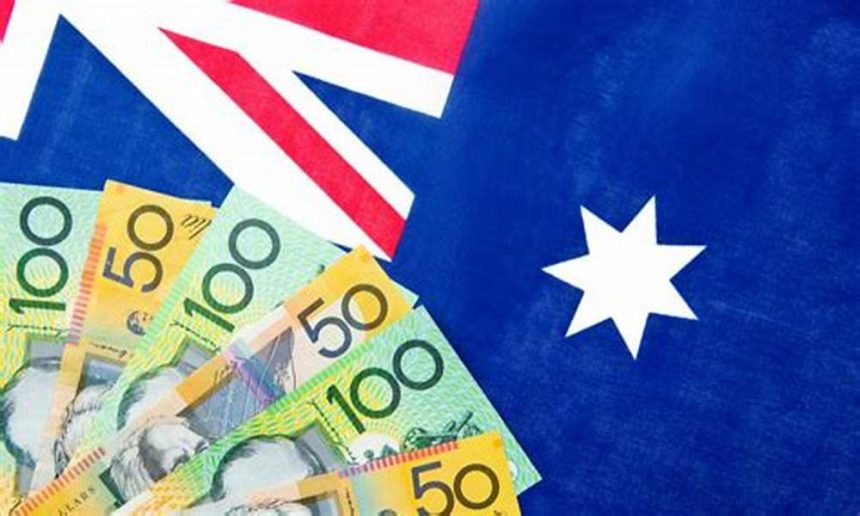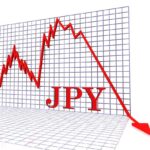Australian dollar may recoup ground if market sentiment improves in the wake of China’s stimulus measures.
On Friday, the Australian dollar (AUD) edged lower versus the US dollar (USD). The AUDUSD pair is under pressure from a steady greenback and higher US Treasury yields. However, the downside of the risk-sensitive AUD may be limited as reports of further stimulus from China, its major trading partner, improved global market mood.
Australian Treasurer Jim Chalmers believes China’s latest stimulus measures are a “really welcome development.
Australian Treasurer Jim Chalmers is now visiting China to strengthen economic connections between the two countries. Throughout his visit, Chalmers had open and constructive meetings with the National Development and Reform Commission (NDRC). He cited China’s economic downturn as a major contributor to poorer global growth, while hailing the country’s new stimulus measures as a “really welcome development.”
The US dollar may experience pressure following dovish comments from Federal Reserve officials. Fed Governor Lisa Cook said Thursday that she backed last week’s 50 basis point (bps) interest rate drop, citing increasing “downside risks” to employment, according to Reuters.
Traders are now likely to pay special attention to the US Personal Consumption Expenditures (PCE) Price Index data for August, which is set to be released later in the North American session.
Daily Digest Market Movers: Australian Dollar Edges Lower Despite Positive Market Sentiment.
Australian dollar (AUD) edged lower versus the US dollar (USD).US Gross Domestic Product Annualized grew by 3.0% in the second quarter, as previously predicted, according to the US Bureau of Economic Analysis (BEA) on Thursday. Meanwhile, the GDP Price Index increased 2.5% in the second quarter.
The US Department of Labor reported 218K in first jobless claims for the week ending September 20. This figure fell below the initial consensus of 225K and was lower than the previous week’s amended figure of 222K (formerly reported as 219K).
China intends to invest more than CNY 1 trillion in capital into its main state banks, despite concerns such as narrowing margins, dropping revenues, and rising bad loans. This significant financial infusion would be the first of its sort since 2008. Global financial crisis.
According to the Reserve Bank of Australia’s Financial Stability Review for September 2024, the Australian financial system is still resilient, with risks largely contained. However, noteworthy worries include stress in China’s banking system and Beijing’s weak response to these challenges. Domestically, a tiny but growing number of Australian home borrowers are falling behind on their payments, with just approximately 2% of owner-occupier borrowers in significant danger of default.
Commonwealth Bank of Australia (CBA) expects the RBA to revise its consumption predictions downward in November.
Australian dollar (AUD) edged lower versus the US dollar (USD).The Commonwealth Bank of Australia (CBA) expects the RBA to revise its consumption predictions downward in November. The RBA has already identified downside risks to its present outlook. This likely change, together with projections of a further rise in unemployment and lowered mean inflation in line with the CBA’s forecasts, might position
The RBA plans to decrease interest rates before the end of the year.
Adriana Kugler, the Federal Reserve Governor, stated on Wednesday that she “strongly supported” the Fed’s decision to decrease interest rates by half a point last week. According to Bloomberg, Kugler also noted that if inflation continues to fall as projected, it will be acceptable to decrease rates further.
JP Morgan recently recommended investors to keep an eye on commodity and bond yields in light of China’s stimulus ideas on Tuesday, citing a favorable market outlook. The bank noted that China has provided a new lift to global economy, which had been lacking in recent years. This improvement significantly lessens the danger of a recession and is considered good for the markets. However, JP Morgan warned about the risk of reinflation.
In August, Australia’s Monthly Consumer Price Index increased by 2.7% year on year, down from 3.5% the previous month and 2.8% predicted.









